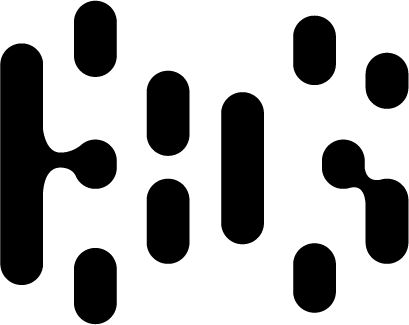Vanessa Charlot
“To me, the ‘Black gaze’ is about shifting the visual power and narrative to, and through, the lens of Blackness. Having that awareness means working with the understanding that experiencing life in Black bodies, environments, forms and aesthetics is varied and complex, where the ‘white gaze’ may be, and often is, immaterial and irrelevant.
Working with this framework centers Black bodies without the need to confront or position other voices, perspectives or thoughts.”
How does the Black gaze relate to your photography practice?
Centering Blackness is one of the core values that guide my work. Through my photography, I produce visual representations free of an oppressive gaze, which often means eradicating the ‘white gaze’ by deliberately centering, and working through, the ‘black gaze’.
Black bodies, spaces, forms, and aesthetics take up space in my photographs. The fact that much of my work is documentary work also allows me to engage with the stories in the images I create and restore the dignity and vitality of those often shot as subjects, divorced from context, motives, and histories.
What do you want to say or address with your photography?
I want my work to make the audience think deeply about the stories and histories they hold to be true when they see Black bodies as static images and in motion. I want to create work that stimulates widespread and far-reaching conversations that are both enlightening, and uncomfortable, helping us all to reimagine our worlds as ones where all people, from all communities, experience equal justice, increasing prosperity, and equity.
What influences and inspires you? How is this reflected in your work?
Literature inspires a lot of my photography. Some of the authors that inspire me the most are Toni Morrison, James Baldwin, Chinua Achebe and Wole Soyinka. What I love about these authors is how they explore the depth and breadth of the Black experience through universal themes that everyone can relate to.
These themes, like love, pain, rage, joy and death are all ideas I explore in my work. Marrying literature and photography is my way of translating and documenting our experiences, hopefully with as much richness, beauty, and nuance as some of my favourite literary works.
Who are your favourite Black photographers from the past? Why?
There are many Black photographers whose work I adore. One of them is Jeanne Moutousammy-Ashe and the body of work she created on Dafuskie Island. In many ways, this work stands in a category of its own. I love how gentle her lens was in capturing the images. I found her ability to speak to, and demonstrate the heart of this private community, in an unobtrusive way, indicative of the grace and beauty that came through her visual commentary on Black rural life.
Another photographer I love is CW Griffin. I love his attention to detail. I love how he applies his focus and attention to light and shadows in the environment to accentuate Black beauty in places where associating beauty and Blackness is stereotypically absent, places like Haiti and many small towns across the American South.
Please describe the highs and lows of your experience as a Black photographer?
The images that I made last year, covering the protests that ensued in St. Louis, Missouri in reaction to George Floyd’s murder, garnered national and international attention. I have used a lot of the opportunities that flowed to me, as a result of this work, to amplify Black voices and provide a critical analysis of the realities that shape and influence the lived experiences of those in racialized bodies in 21st century America.
I am still in awe of how well received my work has been to the mainstream. That said, one of my favourite highs remains expressing righteous rage through photographs. Almost nothing compares in terms of satisfaction. One of the lows was repeatedly witnessing police brutality first-hand while covering the protests. Though some parts of this job never get easy, highs far outweigh the lows.
What work are you producing and what more would you like to do?
These days, I am exploring and creating more conceptual photography. I recently began producing a series of images that seeks to unmask and reveal our notions and imaginings around modern masculinity through the Black male form. I’m excited to continue working on expanding this series.
In 2020, I witnessed many people protesting in the streets despite an ongoing and worsening global pandemic. In response, I find myself increasingly pulled to creating visual representations tied to, and expressing, our inner worlds. I began moving in this direction with my series, “Black Woman’s Shadow” and look forward to creating more work that unmasks and reveals more aspects of ourselves, as Black people, that others often don’t see.
Vanessa Charlot is an award-winning photojournalist/ documentary photographer, filmmaker, lecturer and curator. Her work focuses on the intersectionality of race, spirituality, economics and sexual/gender expression. She shoots primarily in black and white to disrupt compositional hierarchy and explore the immutability of the collective human experience.
The purpose of her work is to produce visual representations free of an oppressive gaze. Vanessa seeks to humanize Black bodies through her photography, restoring the dignity and vitality of those often shot as subjects divorced from context, motives, and histories.
Her work invites us all to question our relationship to what we think about when we see Black bodies as static images and in motion.





